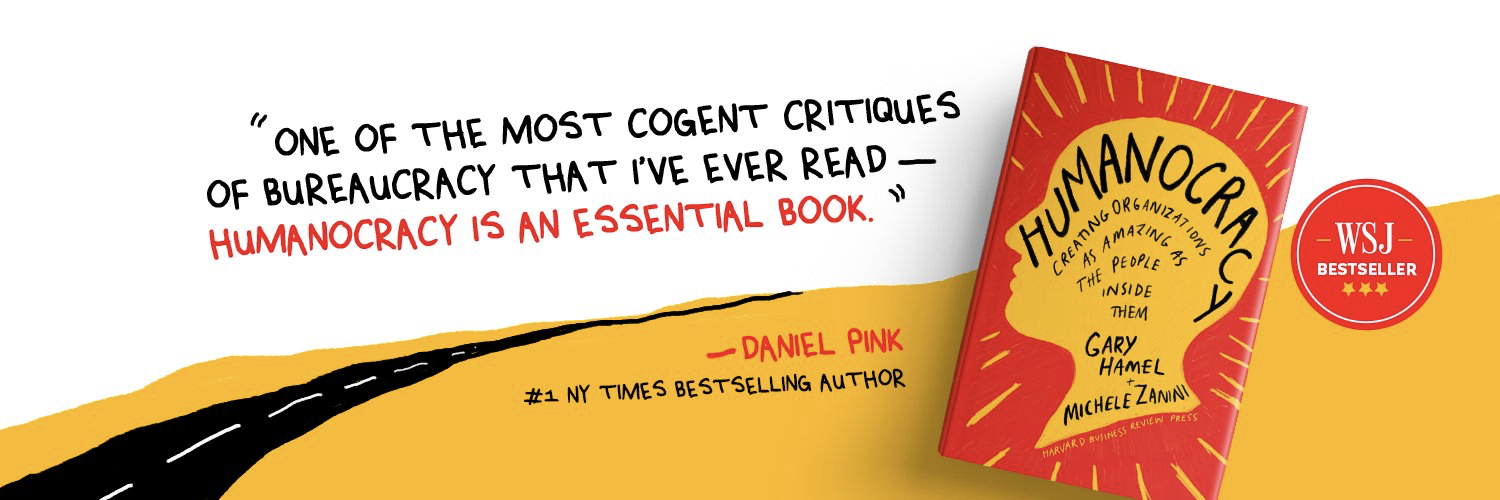In a normal work environment, employees are expected to deliver and meet their KPIs. Organizations usually set goals and targets for each individual employee but it is quite rare for a company to set requirements for an employee to help others achieve their targets. If an employee is only expected to achieve his or her own personal targets then the incentive to help other colleagues will only be treated as an act of charity. Aside from what was mentioned, the tendency to prioritize individual goals overrides the company’s overall objectives.
This hack is to encourage organizations to persuade employees not just to help themselves but also to support colleagues or departments. Helping each other will create a culture of unity and synergy, thus, achieving a higher purpose for the company.
Most often than not, companies design KPIs that focuses mostly on what the employee needs to achieve on his own. It is quite rare to find that employees are also expected to help other colleagues and to support other departments to achieve their goals. Rewards and bonuses are also tied down to personal/departmental achievements while there is no incentive given when we help others achieve their requirements. The problem with focusing more on the “I” is that it builds walls or division rather than a culture of sharing and collaboration. Without cooperation, the opportunity for dialogue, further improvement, and innovation are greatly reduced. Without synergy, it will be hard to enhance strategic agility and competitive relevance in today’s ever changing business environment.
The culture of helping each other and synergy should start from the top. The leader of the organization must possess the six forces of synergistic leadership, namely, Mindfulness, Vision, Heart, Communication, Courage and Trust.
A Zen master once told his student that in order to learn, he must learn to forget. Learning how to forget is like emptying your mind and removing all biases, barriers and baggage. An empty mind welcomes new people and ideas without fear and prejudice. A mind without preconceived framework or process allows a leader to think out of the box and become innovative.
Vision is a driving force that changes the mundane task into something with a higher purpose. Vision transforms work from a livelihood to a calling, to pursue a dream or to make a difference. With vision, an ordinary stonecutter will say that he is not just cutting stones but also building a cathedral. The leader must inspire people within the organization to embrace the higher meaning of a vision.
The leader must also have the heart and access to emotions in order to bond with people and organizations. The capacity to bond creates relationships, emotional attachments that influence people to care about one another and jointly pursue a shared vision. Without establishing a relationship, it would be hard for a leader to influence collaboration and synergy.
Communication is essential to build synergy. Leaders need to listen rather just talk and give orders. Listening builds relationships; it makes people feel appreciated and valued.
Synergistic leaders must also have courage to pursue a vision. To build synergy, a leader must not be afraid to promote new ideas in the pursuit of a higher purpose. He or she should be unafraid to take risks. Courage also allows leaders to think and act outside the norm. Thus, encourage innovation and improvement. A good example of a courageous synergistic leader would be Gandhi and Martin Luther King. These remarkable people fought for what they believed in and risked their lives just to achieve a higher purpose.
A synergistic leader should be able to build trust. Without trust, there will be less truthful communication. Without communication, it will be hard to build a relationship. With trust, a synergistic leader can encourage people to follow him or her wherever he/she goes.
Aside from the characteristics of the leader, there must be facilities in place that will create an atmosphere of cooperation and collaboration. Processes and policies must be present in order to encourage cooperation and synergy. An example of a policy in place is to include cooperation/synergy as part of each and every employee’s KPI. Rewards and incentives relating to cooperation and collaboration should also be identified in order to encourage people to help each other. On the other hand, processes that establish open communication lines amongst departments and individuals must also be set. The process to communicate with one another must be a continuous effort until such practice becomes a habit.
The leader must also address the areas of conflict within the organization. It is difficult to help or collaborate if conflict exists. A conflict that is left alone may soon turn to a crisis. Thus, it is necessary not to ignore points of conflict.
Once a culture of helping each other has been established, the following effects will be achieved:
- There will be a culture of learning, sharing, communicating, and contributing to the organization’s success.
- A culture of learning encourages out of the box thinking.
- There will be alignment amongst several entities around one strategy.
- An information rich environment that is conducive to creative and innovative actions will be established.
- The agility of the organization to respond as competitive plates shift will be increased.
- The task to initiate a culture of collaboration and cooperation should start from the top. The chief executive must possess the 6 forces of synergy in order to foster a culture that encourages employees to help each other.
- Existing conflicts must be identified and addressed.
- Policies and procedures must be in place in order to encourage synergy.




You need to register in order to submit a comment.